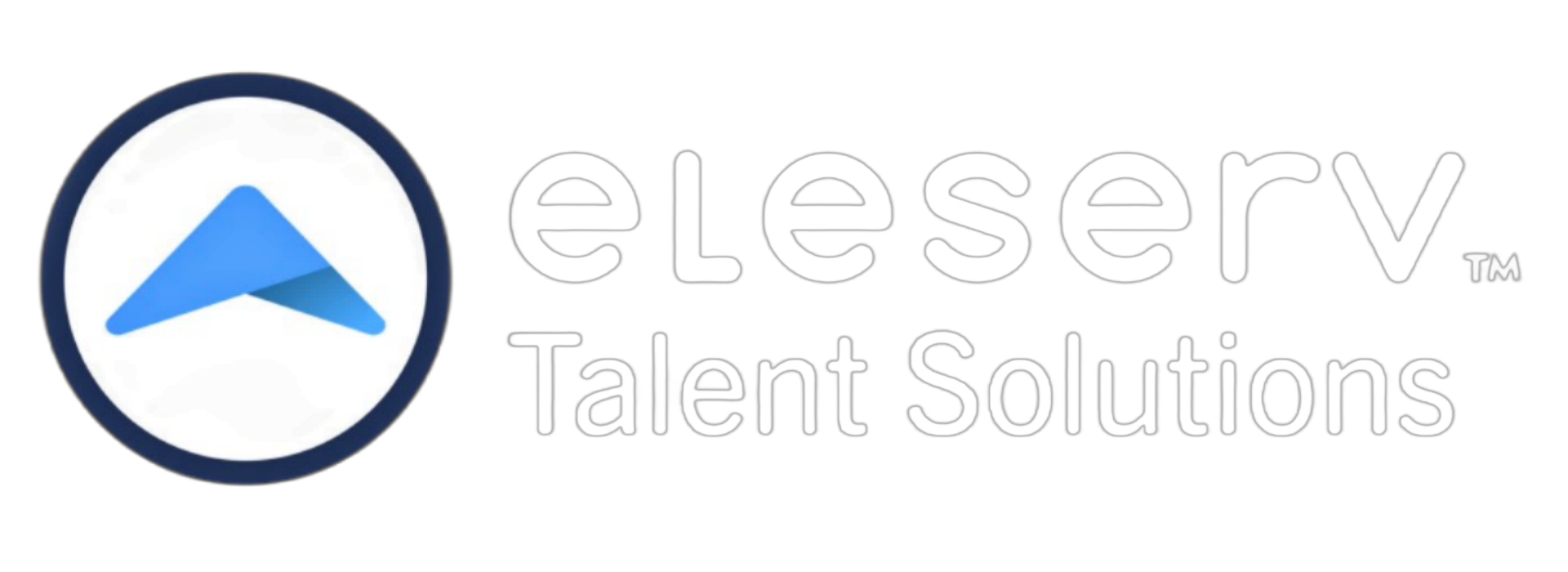Employees Want to Grow: Are You Helping Them?
In today’s business climate, one thing is clear: skills have become the currency of growth. For HR leaders and decision makers, this moment represents more than just an operational challenge. It is a defining opportunity to reimagine the way organizations build, nurture, and sustain their workforce. The rapid pace of change, driven by technology and evolving market dynamics, has shifted the conversation away from simple hiring strategies toward a more holistic focus on skill adaptability.
Research is sounding alarm bells. According to the latest Future of Jobs Report by the World Economic Forum, nearly 39 percent of workers’ core skills will be disrupted within just a few years. Other studies project that skill gaps could lead to an astonishing 11.5 trillion dollars in lost global GDP by 2030, with US businesses at risk of losing 8.5 trillion dollars alone. These are not distant scenarios; they are immediate realities for organizations navigating talent shortages and digital transformation. For HR leaders, the implication is clear. Failing to act on skills development is no longer an option; it is a threat to organizational survival.
Skills gaps are already deeply embedded in the workplace. Recent data shows that almost 89 percent of employees lack the skills needed to perform effectively in their current roles. This is compounded by a rising demand for both digital fluency and essential human skills. While technical abilities such as data analytics, AI literacy, and cybersecurity are topping the skills demand charts, employers are also increasingly concerned about deficits in communication, problem solving, and adaptability. It is said that nearly half of business leaders believe their teams lack the right skills to execute strategic goals effectively. The workplace challenge is no longer solely about digital transformation. It is about people’s transformation.
This is where a structured skills roadmap becomes an indispensable tool for HR leaders. While the concept is elegantly simple, the impact is profound. At Eleserv Talent Solutions, we outline the fundamentals of skills mapping to help HR professionals visualize capabilities across their workforce, identify critical gaps, and align learning strategies to business goals. By categorizing skills according to job families and proficiency levels, HR teams gain clarity on which competencies to develop, who needs upskilling, and how to create pathways for internal growth. This approach transforms workforce management from reactive firefighting into a proactive and data driven strategy.
However, the importance of skills mapping extends beyond organizational mechanics. It touches on employee engagement and retention. Employees are increasingly aware that their employability depends on their ability to reskill and adapt. In fact, 82 percent of employees report that learning new skills is essential to remain competitive in the job market. Organizations that invest in ongoing development initiatives are not just boosting productivity. They are fostering loyalty. When workers see that their growth is prioritized, retention improves and voluntary turnover declines. Skills development is no longer just a benefit. It is a key pillar of employer value propositions.
Today’s most forward-thinking organizations are reframing their entire talent strategy through a skills-based lens. Hiring decisions are no longer based on credentials or tenure. Skills based hiring is rapidly becoming the gold standard, leading to faster onboarding, improved job performance, and significantly reduced hiring costs. Internal mobility is thriving within organizations that map skills effectively, as they can rapidly fill new positions from within, cutting down recruitment timeframes and enhancing succession planning. Research even shows that skills-based promotion pathways reduce hiring costs by up to 80 percent and learning time by up to 75 percent, offering a measurable return on investment.
Crucially, companies are embracing continuous learning ecosystems to keep pace with shifting demands. Those that weave learning into the day-to-day rhythm of work, through online modules, coaching programs, on the job experiences, and mentoring, are seeing measurable performance gains. By contrast, businesses that treat learning as a one-time event are falling behind. In a world where 70 percent of job roles are expected to be impacted by AI by 2030, there is no such thing as static capability anymore. The workplace of the future belongs to organizations that can pivot quickly because they have built a workforce wired for lifelong learning.
Incorporating skills mapping as outlined by Eleserv is not about adding another HR project. It is about future proofing the business. It is a leadership mandate to equip teams with the tools they need to thrive amidst complexity. By taking small but consistent steps, starting with a simple skills audit, identifying gaps, and layering in personalized development opportunities, HR leaders can foster a culture of growth. A culture where business strategy and workforce capability are not operating on parallel tracks but moving in synchrony toward a common goal.
Ultimately, the organizations that will win in the coming decade will not be those with the largest headcounts or biggest budgets. They will be the ones that understand and invest in the evolving skills of their people. At Eleserv Talent Solutions, we believe every HR leader deserves the clarity, tools, and data to build a high performing, future ready team. Skills are no longer an afterthought. They are your organization’s most valuable asset. And the time to invest in them is now.


